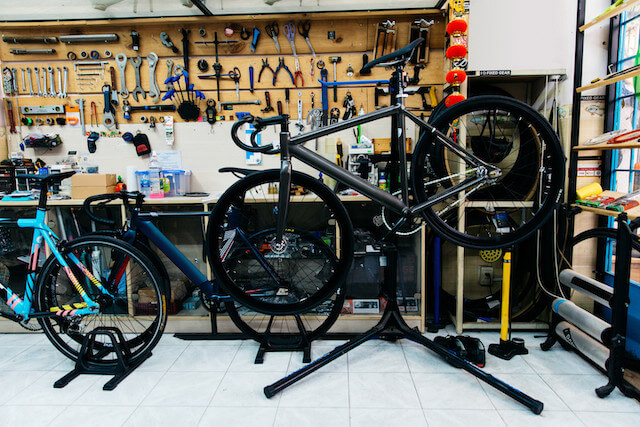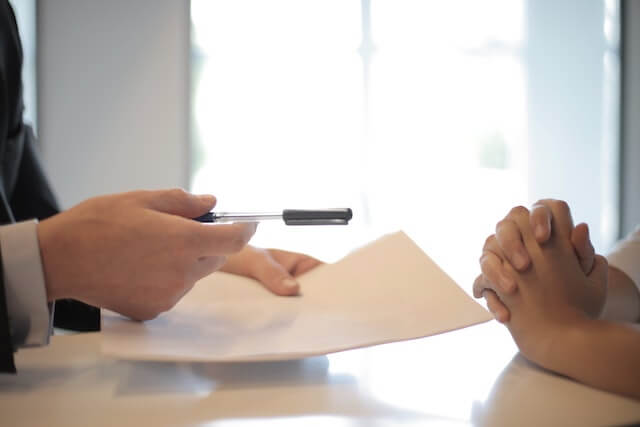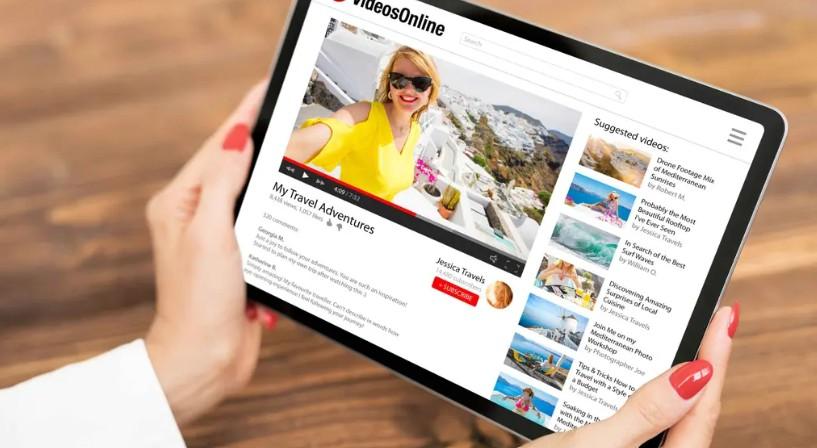With the end of the financial year rapidly approaching, savvy small business owners are looking for tax tips to help them with their cash flow. No matter whether you have a sole trader, partnership, company or trust structure for your business, here are 14 smart things you can do to legally minimise your tax. And what business owner wouldn’t want to do that?
Tax tip #1: Claim the enhanced instant asset write-off
The instant asset write-off scheme allows most Australian businesses to immediately write-off the cost of assets they buy (up to a threshold limit), rather than having to depreciate them over several years.
This write-off reduces your business income and therefore the amount of tax you need to pay.

Examples of business assets that can be written off include vehicles and equipment.
If your business has an annual turnover less than $500 million, this financial year you can write-off up to $150,000 worth of any asset bought between 1 July and 6 October 2020.
Editor’s note: If you have a small business but no business website, now is definitely the time to get one. Build a site yourself for free with Websites + Marketing (truly no tech skills needed!) or let the pros at GoDaddy build it for you.
Tip #2: Take advantage of temporary full expensing
Temporary full expensing is an enhancement of the instant asset write-off scheme. It is a federal government initiative to try and offset the business impact of COVID-19 restrictions.
If your business has an annual turnover less than $5 billion, you can write-off the full cost of any new asset purchased after 6 October, 2020, regardless of its value.
If your annual business turnover is less than $50 million, you can also write off the full cost of any second-hand assets bought after this date.
The temporary full expensing scheme will be in place until the end of the 2022/23 financial year.
Tax tip #3: Use the temporary loss carry-back rules for company returns
If you have a company with an annual turnover of less than $5 billion and you have made a loss this financial year, you can claim a refundable tax offset against the tax you paid in the 2018-2019 and/or 2019-2020 financial years.
Tax tip #4: Maximise your tax-deductible business expenses
Claiming every eligible tax-deductible business expense also reduces your income and the amount of tax you need to pay.
Examples of common business expenses you can deduct include:
- Marketing/advertising costs
- Business motor vehicle expenses
- Business travel
- Staff wages
- Phone costs
- Rent on your business premises
- Interest on business loans
- Equipment repairs and maintenance
- Insurance
- Depreciation on assets that you can’t immediately write-off
- Accounting/bookkeeping expenses (for example, the cost of any bookkeeping software you may use)
If you work from home, check out the 5 home office expenses you can claim on your taxes.
Tax tip #5: Prepay future tax-deductible expenses
If you have any inevitable future tax-deductible expenses, you could pre-pay them in the current financial year to reduce your tax obligation. For example, you could pre-pay your next year’s insurance premium or pay some of your rent in advance, if you lease your business premises. This may not be doable for businesses still recovering from 2020, but it’s a smart move for those who can swing it.
Tax tip #6: Keep records of all your tax-deductible expense claims
You need to be able to prove all your business expense claims if you’re ever audited by the Australian Taxation Office (ATO). The ATO conducts numerous audits each year to ensure compliance with Australia’s tax laws.
You’re legally required to keep business expense records for up to five years from the date your claim is lodged.
Records can be printed (e.g. receipts) or electronic. Either way, make sure they are stored securely, organised and readily accessible.
Tax tip #7: Keep your business and personal expenses separate
This will help to make tax time as quick and pain-free as possible. There’s nothing worse than having to spend time working out which expenses are business-related and which are personal at the end of the financial year. And if your accountant/bookkeeper has to do it for you, it could will cost you money unnecessarily.
The easiest way to keep your business and personal expenses is to have separate bank accounts for both.

If you don’t already have separate accounts, consider setting them up as soon as possible. Your future self will thank you for it.
Note that you’re legally required to have a separate business bank account if you have a partnership, company or trust structure. You don’t have to if you’re a sole trader, but it makes tax time much easier.
Tax tip #8: Delay receiving income if you can
Consider delaying your invoices to your customers as the end of the financial year gets closer. If you can afford to delay sending them until after June 30, you’ll delay paying tax on that income this financial year.
Tax tip #9: Take advantage of simplified trading stock rules
If you sell products and have an annual turnover of less than $10 million a year, you can take advantage of the ATO’s simplified trading stock rules.
This means that you won’t have to conduct a time-consuming end of financial year stocktake if the value of your inventory has changed by less than $5,000 this financial year.
Tax tip #10: Defer or minimise any capital gains tax (CGT)
You can defer any CGT liability you may have on the sale of any of your business assets if you delay the sale until after June 30. If you will have to pay CGT this financial year, you can minimise the amount by ensuring that you:
- Calculate the correct cost base for your asset.
- Bring forward any capital losses that you may have had in prior years to offset current capital gains. There is no time limit for bringing forward a past capital loss.
- Don’t sell an asset you buy within 12 months. If you do, you aren’t eligible for the 50% CGT discount that applies when an asset is held for more than a year.
It’s worth checking to see if any of these apply to you to save on taxes.
Tax tip #11: Budget for your tax payments
It’s important to plan ahead for your tax obligations, just like you should for all your other business expenses. Make sure that your cash flow will enable you to make your quarterly PAYG instalments on time if you have staff, or your monthly/quarterly GST via your business activity statements.
Related: Who must register for GST in Australia
Tax tip #12: Set up a more tax-effective business structure for the future
Different business structures pay different rates of tax. For example, sole traders and partnerships pay tax at individual marginal rates.
You can potentially lower the rate of business tax you pay by setting up a company or discretionary family trust.
The company tax rate for small businesses in Australia is 26%.
This is lower than the marginal tax rate for individuals earning more than $45,000 per year, although there is no tax-free threshold for companies like there is for individuals.
There are also costs associated with setting up and maintaining a company structure, so the tax benefits need to outweigh these costs. It’s best to seek professional advice to see if setting up a company structure for your business would be financially worthwhile.

A discretionary family trust allows you to distribute business income to other family members who have lower marginal tax rates. You can use this arrangement to reduce the amount of tax you need to pay. A trust can also help you to protect your assets against any future claims from creditors.
However, as with setting up a company, setting up and managing a trust incurs costs. Again, it’s best to seek professional advice to see whether the tax benefits would outweigh the costs for your specific circumstances.
Tax tip #13: Understand the difference between tax minimisation and tax avoidance strategies
Tax minimisation strategies, like the tips outlined in this article, are legal. Tax avoidance strategies, on the other hand, are not. The difference is as simple as that.
Tax avoidance strategies include any attempts to avoid paying your legal tax obligations.
The Australian Taxation Office (ATO) imposes penalties for tax avoidance.
These penalties vary depending on the severity of the offence. They can range from fines to criminal prosecution and even imprisonment.
The ATO conducts regular audits to ensure businesses are paying the correct amount of tax. They also have sophisticated data-matching technology to detect all your income sources.
Tax tip #14: Get professional accounting advice
Australia’s business tax laws are complex and ever-changing. Getting professional accounting advice will help to implement tax minimisation strategies so you don’t pay any more tax than you need to. It will also help to ensure your legal compliance.
Use these tax tips to start the year strong
As you can see, there are many ways you can legally minimise your tax in Australia. However, you need to understand tax law to take full advantage of these strategies while ensuring your legal compliance.
All small business owners should be implementing tax minimisation strategies to maximise their cash flow. Accountants can help you to do that, and their fees are tax-deductible as well!
This post was written with assistance from Ark Accounting Services in Sydney, NSW. When in doubt about business structure or tax strategy, it’s best to ask for help from a finance or legal professional.






